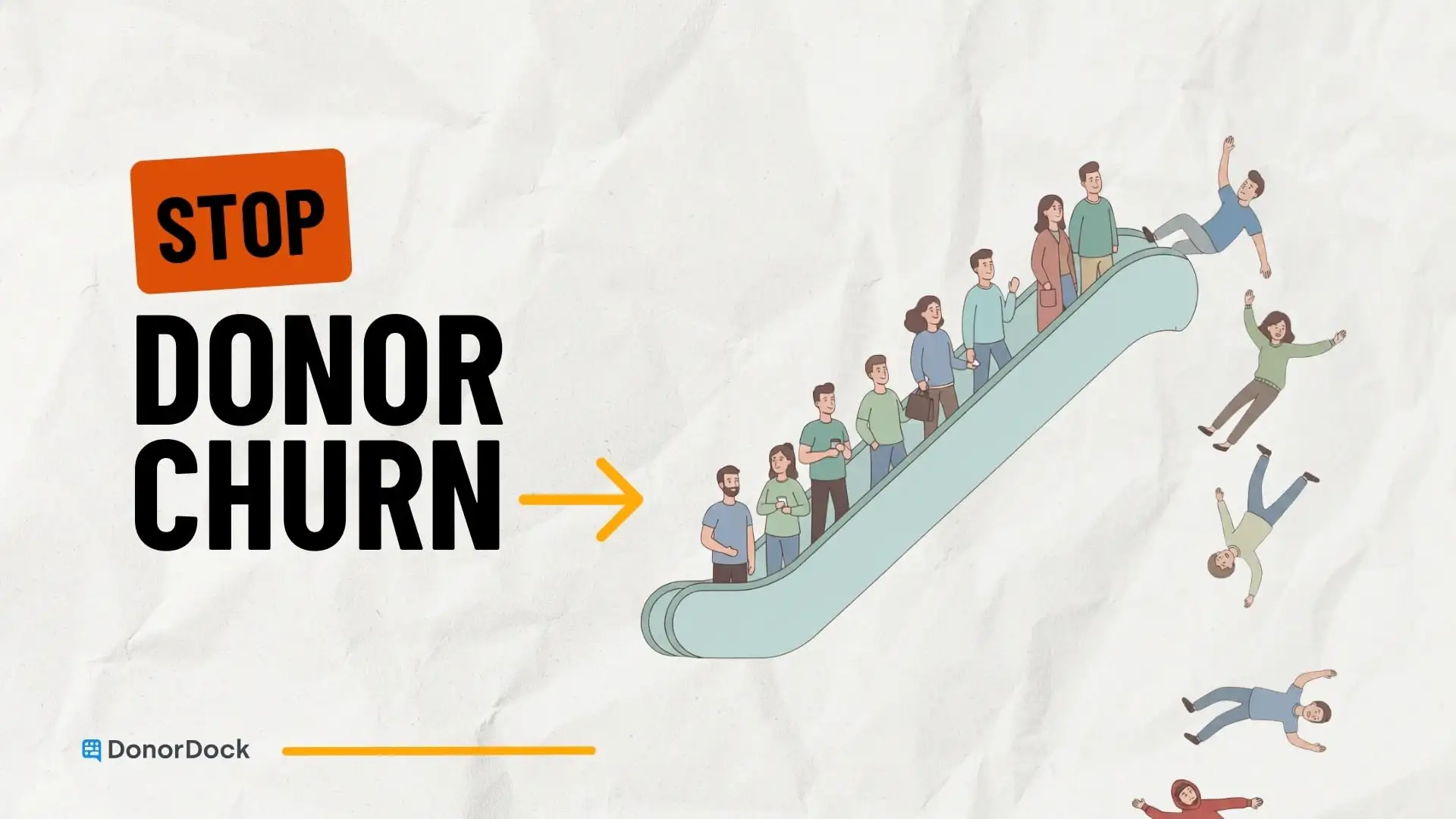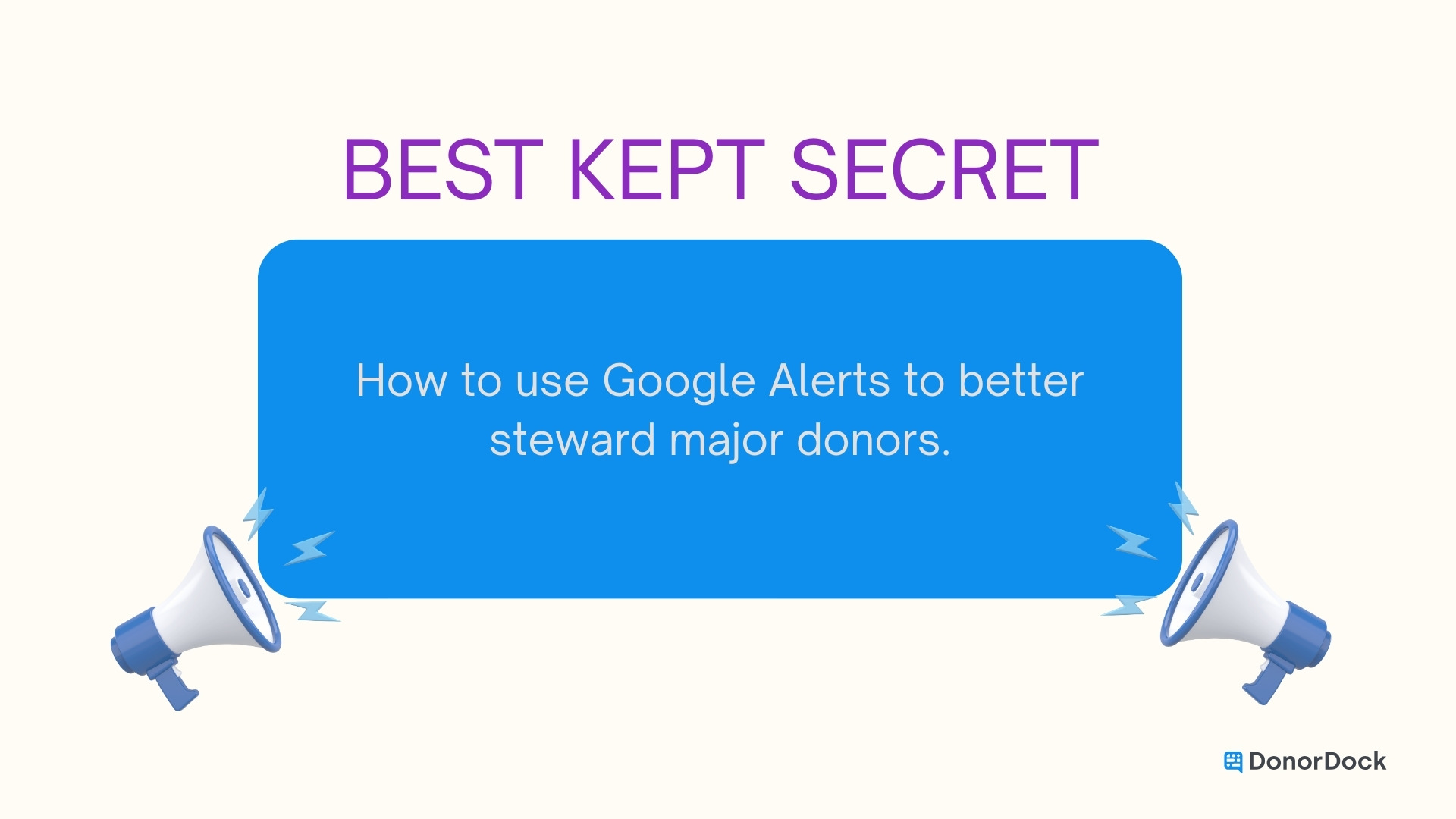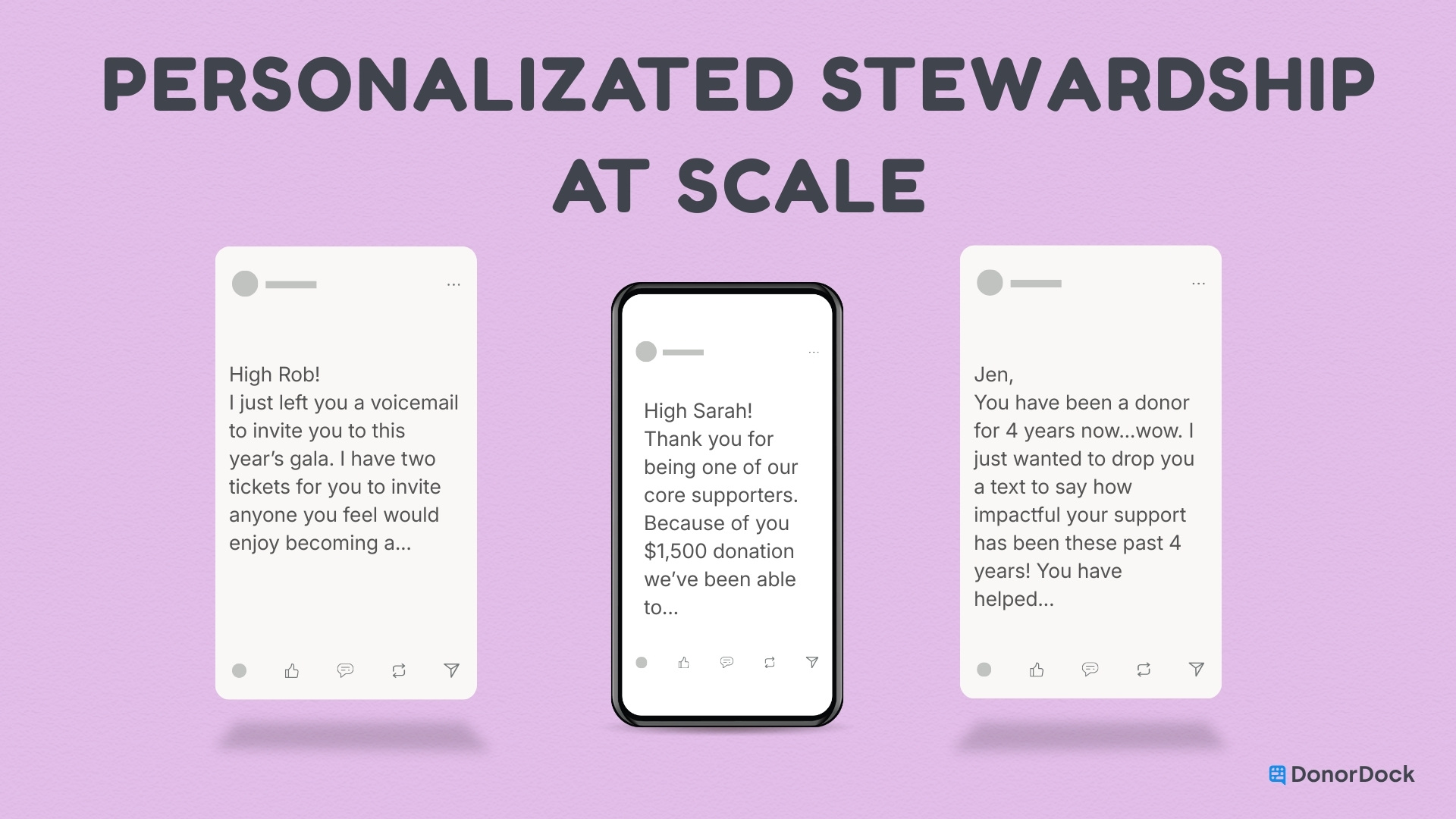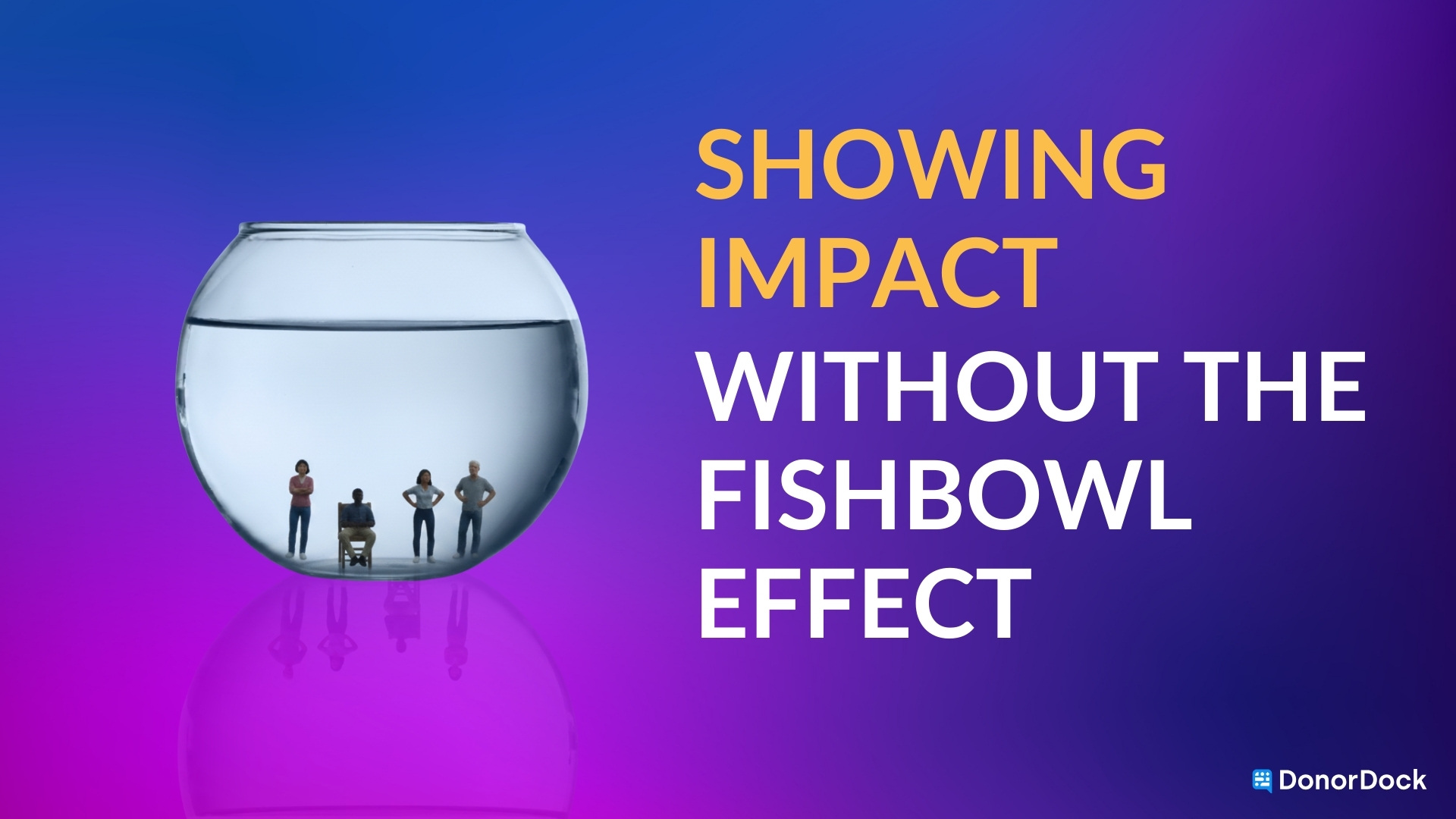Using Stories to Inspire
Storytelling has been an important part of sharing, teaching, and learning throughout time. That still rings true today in schools, families, businesses, and nonprofits.
Stories can make connections between the past and present, facts and emotions, and between the storyteller and the listener.
According to Vanessa Boris in her article, “What Makes Storytelling So Effective For Learning?”, published through Harvard Business Publishing Corporate Learning, “Good stories do more than create a sense of connection. They build familiarity and trust, and allow the listener to enter the story where they are, making them more open to learning.”
Storytelling, using stories to inspire, and create impact are important ideas for nonprofits to consider when creating their marketing material. Sharing an organization’s story can help connect their mission, problem, and impact in a personal and powerful way…through sharing their story.
Creating and Sharing Your Nonprofits Impact Through Storytelling
There are three main components to consider when creating your nonprofit’s impact story.
3 Main Elements
- People-Tell about who your organization will impact!
- Problem-Describe the problem your organization is helping to overcome.
- Change-Describe how your organization is helping solve the problem.
Tip: Be specific. Connect your larger story to a specific story and example that you can share in your impact story. Show examples of the people, a specific problem, along with the outcome of the change and impact.
You’ve created your impact story, but now what? What would you like people to do with the connection and empathy you have created with your story?
Create a Clear Call to Action
- Donor Focused- Describe opportunities for your donors to be a part of the story.
- Actionable Steps-List clear ways how the donors can help solve the problem.
- Connect-Connect their impact back to your original story and people.
Example: "Your donation provided 1200 children, like David, the experience of summer camp for the first time.”
Share Your Story
Share your story through multiple platforms.
- Social Media
- Website
- In-Person Fundraising
- Marketing Materials
- Blogs
- Videos
Inspire Others
Invite your community to share your story and their own story.
- Collaborate at community events
- Reach out to community resources
Use Imagery
Add an image or video with your story. A picture is worth a thousand words.
Get out there and share your impact through sharing your story!
In today’s world, there are many opportunities to share your impact and make connections. Your impact story can be shared in your main marketing as well as for specific campaigns or giving days.
You can find this information along with other great fundraising tools in our Giving Tuesday Toolkit.
You can also find out more about DonorDock and fundraising and CRM tools as well at www.donordock.com












